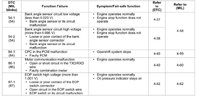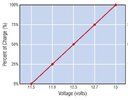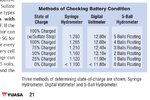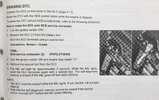Julien
New Member
Hi everyone, this is my first post here, and I am really excited to be part of this community.
I bought a second-hand NC 700 SA 2012 model a few years back. I love my bike and want to give it the care it needs.
The engine light recently started blinking (even when the bike is not running). The fault is 8 slow blinks followed by 6 quick blinks followed by 5 slow blinks followed by 4 fast blinks. It goes on over and over. (See the video for a more visual description
)
I noticed that if I let the bike idle after a bit, the light stays solid, and the fan does not kick in. (I feel like it's saying it's overheating). I looked on Google but couldn't find anything with the same code.
Does anyone know what it would be or where to look to match the blinking lights with a fault?
Thank you for reading.
I bought a second-hand NC 700 SA 2012 model a few years back. I love my bike and want to give it the care it needs.
The engine light recently started blinking (even when the bike is not running). The fault is 8 slow blinks followed by 6 quick blinks followed by 5 slow blinks followed by 4 fast blinks. It goes on over and over. (See the video for a more visual description
I noticed that if I let the bike idle after a bit, the light stays solid, and the fan does not kick in. (I feel like it's saying it's overheating). I looked on Google but couldn't find anything with the same code.
Does anyone know what it would be or where to look to match the blinking lights with a fault?
Thank you for reading.






